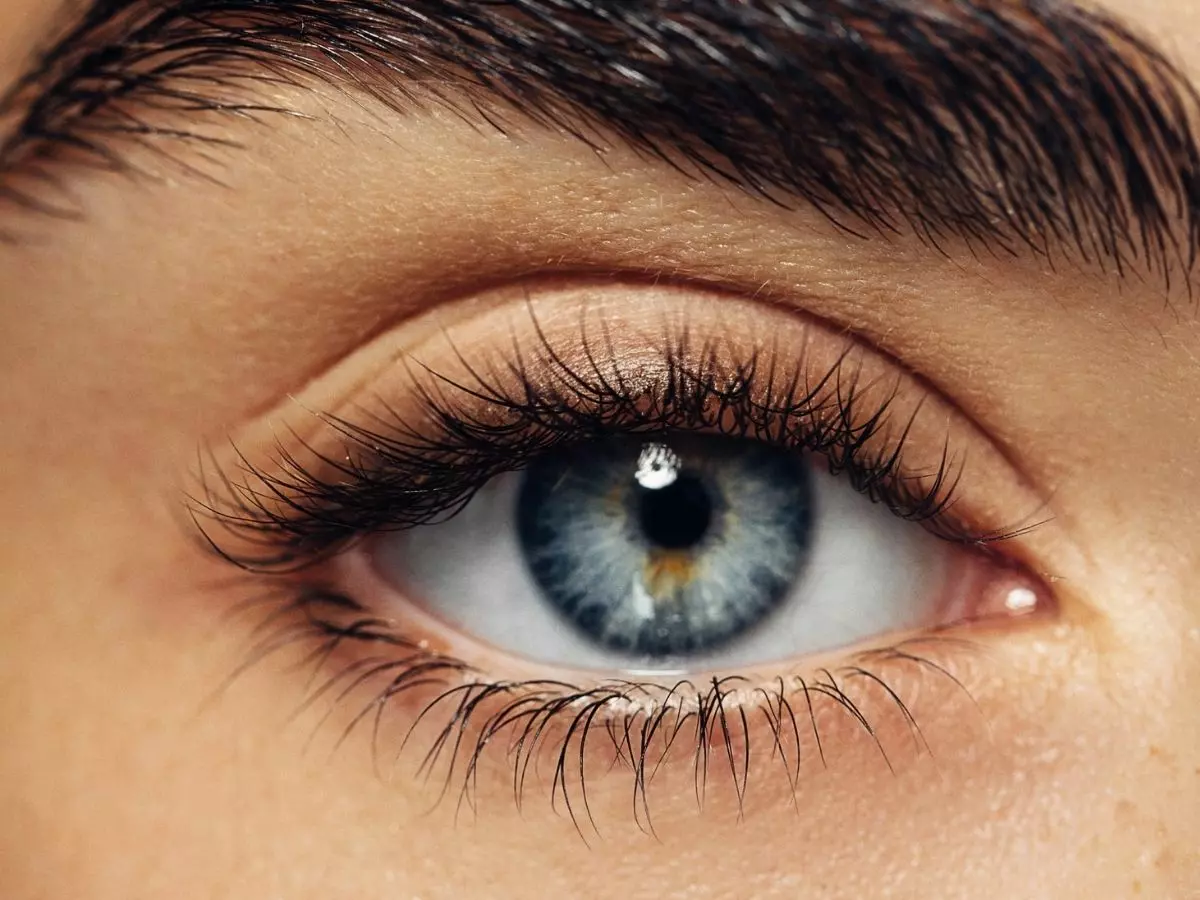Scientists Make Lenses With Gold Particles To Fix Colour Blindness
For developing the lens, the researchers infused gold nanoparticles in a hydrogel. This resulted in the production of a red-tinted gel that filters wavelengths of light between 520 and 580 nanometres -- the section of the spectrum where red and green wavelengths overlap.

Researchers have developed contact lenses that are infused with gold nanoparticles that help in filtering light to combat colour blindness along with a host of other vision-related problems.
 Getty Images
Getty Images
In case you didn¡¯t know, colour blindness is a medical condition where certain hues can end up appearing muted or difficult to differentiate from one another and this can cause difficulty in carrying out day-to-day activities.
In colour blindness, the most common kind is protanopia and deuteranopia -- difficulty separating red and green colours.
Usually, for remedying this, people wear special glasses which have a tinted glass that enables them to see the specific colour that they can¡¯t otherwise see but not only are these lenses really bulky, but they cannot be used for correcting other vision problems simultaneously.
Moreover, researchers in the past have also worked on developing lenses to help bridge the gap between the two, however, the dye that was used to create the special tint in the lenses were not the safest, nor were the lenses as durable.
However, now, researchers from Abu Dhabi's Khalifa University have developed a novel lens infused with particles of gold. These lenses are non-toxic and this method of infusing gold in glass has been going on for centuries, in order to create cranberry glass as they scatter light in a different manner.
For developing the lens, the researchers infused gold nanoparticles in a hydrogel. This resulted in the production of a red-tinted gel that filters wavelengths of light between 520 and 580 nanometres -- the section of the spectrum where red and green wavelengths overlap.
As per the researchers, the most effective contact lenses were made with 40-nanometre wide gold particles that neither got stuck together nor passed through more light than necessary.
 Ahmed Salih/ Khalifa University
Ahmed Salih/ Khalifa University
The lenses also possessed other useful properties like the ability to retain water just like commercially available lenses.
Researchers have successfully completed their initial study and now they¡¯re conducting clinical trials to understand how comfortable is the experience wearing these lenses. They are yet to be assessed in clinical trials.
